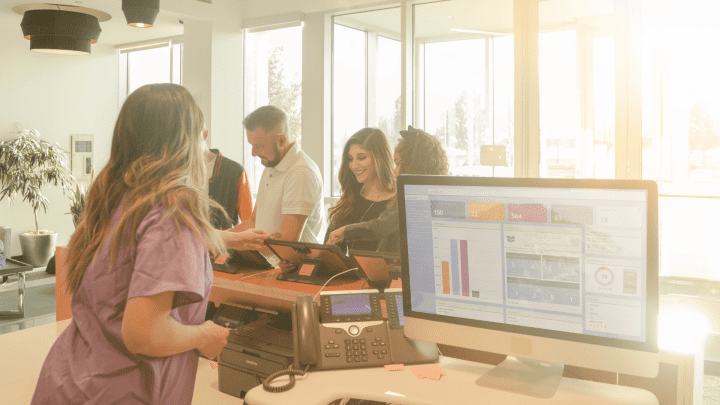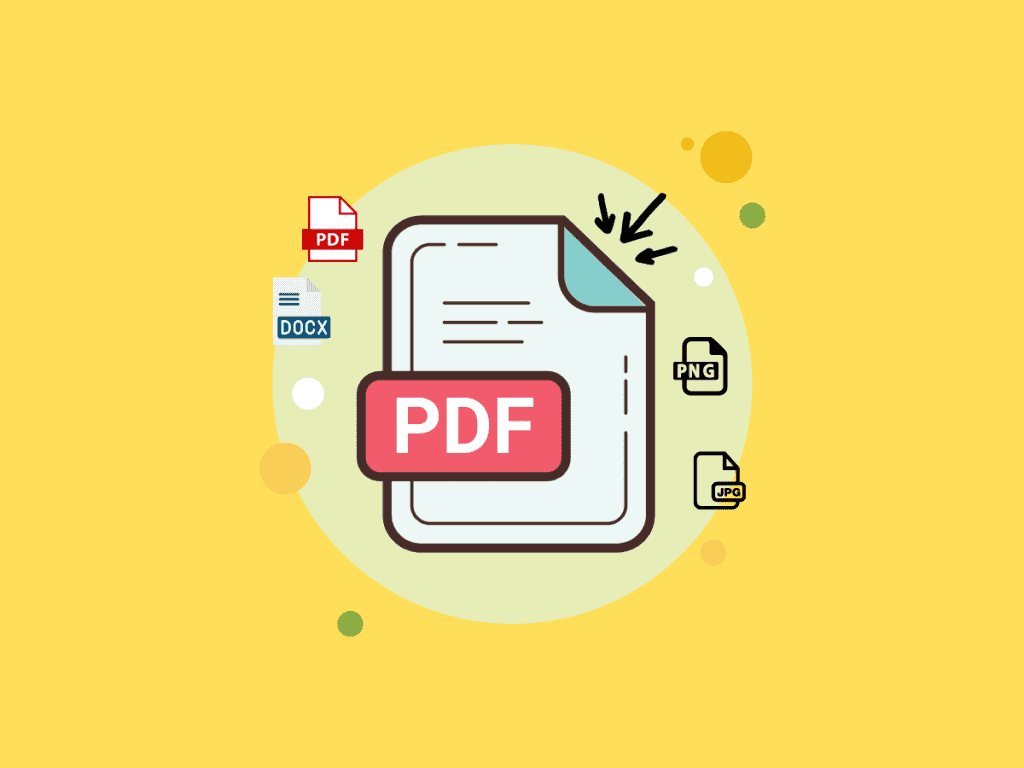Patient Data Collection: Importance and Best Practices
Patient data collection is the process of gathering patient information. The information gathered can be used to improve the quality of care, research new treatments, and more. However, if it is not collected efficiently, it can lead to delays in treatment and other issues.

Patient data collection is the process of gathering patient information. The information gathered can be used to improve the quality of care, research new treatments, and more. However, if it is not collected efficiently, it can lead to delays in treatment and other issues.
This blog post will discuss its importance and best practices for collecting patient data efficiently that you can follow.
What Is Patient Data?

Patient data is medical information about a patient, including:
- medical history
- demographics
- symptoms
- treatment history
- lifestyle
- genetic or family history
Traditionally, patient data were collected by asking them to fill out paper forms.
But the way healthcare conducts patient data collection is evolving, thanks to the advent of new technology. Patient information can no longer be kept in paper records.
Instead, patient data must flow seamlessly between various electronic health records (EHRs), patient portals, and other healthcare applications to provide the best care.
The Importance of Data Collection in Healthcare
Every day, 2.5 quintillion bytes of data are created in the world. That is an incredibly large amount of information, showing no signs of slowing down. But all this data is useless unless it is properly processed and analyzed. Here is where data collection comes in.
The collection of patient data plays a vital role in the provision of healthcare. Medical professionals can provide a more personalized service based on the insights gained from the data collected. Furthermore, patient data collection can help healthcare professionals:
Make educated decisions
From patient records to insurance information, a lot of data must be collected and managed to provide adequate care. One of the main reasons data is so important in healthcare is because it helps in decision-making.
Without accurate data, it would be challenging for doctors, insurance plans, and other organizations to understand the needs of their patients and make well-informed decisions about their care.
The analysis of patient data can also lead to new insights about diseases and the development of new treatments that can be considered during shared decision-making. For example, patient data was used to develop gene therapy, which is now used to treat cancer.
Improve patient safety
By understanding patient data, healthcare professionals can identify potential risks and take steps to improve patient safety. For example, if a patient is taking multiple medications that have the potential to interact, the data can be used to alert the patient and their doctor.
It also lets doctors know if a client has an allergy that may be triggered by common medicines or procedures.
Patient data can also help prevent disease outbreaks. Medical professionals can use the information to track and prevent the spread of drug-resistant diseases in hospitals. Also, this data is invaluable in protecting public health, especially during a pandemic.
Reduce costs
Tracking and analyzing patient data can help hospitals and other medical institutions to improve their diagnosis and treatment processes. It leads to better patient outcomes and lower costs. In some cases, data can also be used to predict future trends in healthcare, allowing institutions to prepare for changes proactively.
7 Best Practices for Patient Data Collection
Research methods like questionnaires, surveys, patient interviews, and focus groups are also applicable in the healthcare setting. Since they need to deal with massive amounts of data daily, healthcare organizations need to be strategic in how they accomplish this task.

Here are data collection best practices that they can adopt.
1. Digitize healthcare forms
Paper forms are no longer the most efficient way to collect patient data as they can get lost or damaged. Printed documents are difficult to sort, search, and secure. They also need to be moved when a patient sees another doctor who needs their information.
Digitizing data collection, whenever possible, is the best way to ensure that medical records are accurate and complete. Using digital forms also eliminates the likelihood of inputting data incorrectly due to illegible handwriting or mistyping.
It’s a good thing that patient data collection can be done through electronic health records (EHRs). EHRs can be shared across providers, and access is usually much more secure than paper records. There are also tools built into EHRs that can help with data analysis and decision-making that are not available when working with paper records.
2. Utilize patient portals
Patient portals are another way to collect patient data efficiently. Portals give patients 24/7 access to their health information and also allow them to communicate with medical providers.
Patients can use portals to book appointments, view test results, request prescription renewals, and more. These online tools make it easy for patients to stay on top of their health and make it possible for providers to collect patient data instantly.
3. Explore IoT for healthcare
The Internet of Things (IoT) has led to a revolution in healthcare, where devices are now connected and used to provide preventative care. In the medical field, IoT includes patient-generated health data (PGHD), which can be collected through wearable devices, smartphone apps, and patient-reported outcomes (PROs).
Healthcare IoT can collect patient data more efficiently by providing real-time data that can be used to improve patient care. For example, if a patient with heart failure is wearing a wearable device that monitors their heart rate, that data can be sent to their care team. The care team can then take action if the patient's heart rate gets too high.
4. Facilitate HIPAA-compliant forms
Collecting patient data online using a HIPAA-compliant form is the best way to ensure accuracy and protect patient privacy. These forms are designed to safeguard patient privacy according to the guidelines set by federal law. For example, they should be encrypted and accessed through password-protected devices.
Make sure to use secure forms from a provider who has agreed to a business associate agreement (BAA). This will protect you if they disclose protected information. Keep in mind that paper forms could end up in the wrong hands, leading to a HIPAA breach.
5. Automate data entry
Data entry is often a time-consuming and error-prone process. In the context of healthcare, this can lead to dangerous consequences, like misdiagnosis. Automating data entry can help reduce errors and make the process more efficient.
To collect patient data more efficiently, automate data entry whenever possible. This can be done using tools like optical character recognition (OCR) to convert scanned forms into digital data stored in an EHR.
OCR can also read patient information from paper charts and automatically populate EHRs. This can help reduce the time it takes to input patient data and can help reduce errors.
6. Collect patient-reported outcomes
Patient-reported outcomes (PROs) are a type of patient data that can be collected to assess the effectiveness of treatments. PROs can be collected using patient surveys, which can be administered electronically or in person.
PROs are essential because they provide insight into how patients are feeling and how well they are responding to treatment. This information can be used to improve patient care and make better treatment decisions.
7. Implement data standards
Data standards ensure that all parties share, store, and analyze information similarly. They are essential to patient data collection because they help collect data consistently and accurately.
In healthcare, standards allow health systems to communicate medical data regardless of domain or technology developer. Without standards, each provider would use a different system to store and share data, making it difficult to exchange information.
Data standards make it easier to exchange information and provide a foundation for future innovation. In short, it is essential to ensure that healthcare providers can exchange information seamlessly and work together to improve patient care.
Introduce Fill for Medical Data Collection

Data management is essential for maintaining patient records and complying with regulations. Fill’s feature offers a streamlined solution for securely signing, tracking, and managing patient records.
You can centralize your healthcare data in a secure database and automate signature requests to avoid human errors.
Fill's cloud-based data collection makes tracking and managing large volumes of data easy, making it ideal for healthcare organizations. Fill can streamline your entire data management lifecycle, saving time and money.
Get a free consultation and see how Fill can help your organization streamline patient data collection.




